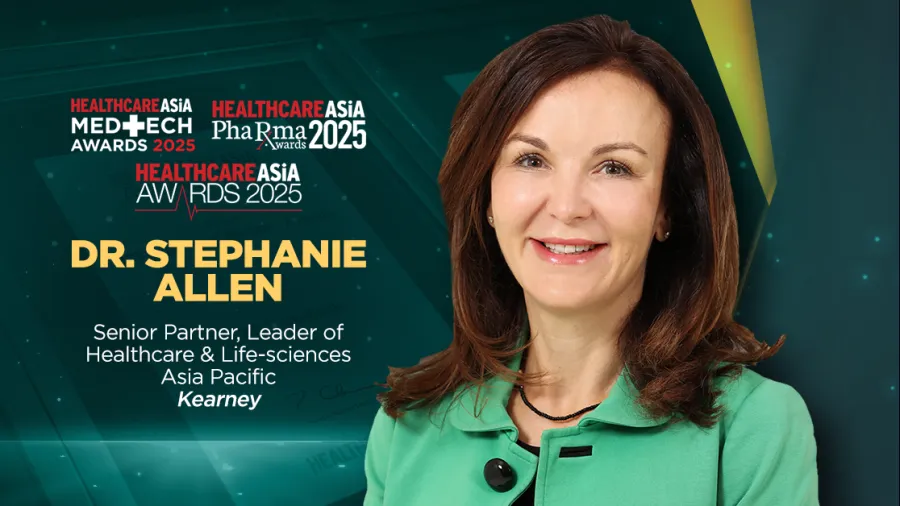
Kearney's Dr Stephanie Allen emphasised balancing innovation and patient-centered care
She shared how healthcare leaders can balance innovation, governance, and patient outcomes to tackle challenges and drive transformation.
The healthcare industry in the Asia Pacific region is undergoing rapid transformation, driven by technological advancements, shifting patient needs, and the growing demand for accessible and equitable care. As the industry evolves, healthcare providers and leaders must embrace innovation whilst maintaining a strong focus on patient-centred care.
Offering valuable insights is Dr Stephanie Allen, Senior Partner, Leader of Healthcare & Life-sciences Asia Pacific at Kearney, with over 23 years of experience in professional services, including 14 years as a Partner. She has led complex projects across global teams, collaborating with strategic partners to achieve impactful results. Her expertise spans healthcare, where she has worked for over 24 years, and she has extensive experience working with boards, C-suite executives, and political leaders.
With a deep understanding of the macrotrends shaping the future of healthcare in the diverse Asia Pacific region, Dr Allen recognises the challenges and opportunities in access, affordability, and quality. She is confident that the region's innovation, funding, and strategic partnerships will position it to leapfrog global healthcare advancements, ensuring future success and improvements in the sector.
As a judge at the Healthcare Asia Awards 2025, Dr Allen discussed how healthcare leaders can balance innovation, governance, and patient outcomes to drive impactful and sustainable improvements across Asia Pacific.
With your extensive experience of over 24 years, what are the biggest shifts in healthcare leadership and governance that you’ve observed in Asia Pacific?
The most effective Executive leadership teams and Boards in Asia Pacific are still asking the familiar questions about the quality of clinical care, the resilience of the workforce, and financial performance. All of these remain critical, but, in addition, a new set of questions have also emerged:
(1) AI (where to start, what level of investment is required, what benefits will be released and over what timeframes, how to govern data and how to manage new emerging risks such as inherent bias, etc.); (2) Health equity (equal access is no longer good enough; how can we be sure that we are delivering services that meet the specific needs and deliver equitable outcomes to the communities we service (for example, women, ageing adults, rural/remote communities, etc.); and finally, (3) Longevity. With an ageing population, healthcare payers and providers are facing increasing costs. Thoughts are now moving to how to increase the health span and productivity of older adults through new models of care and strategic partnerships.
In your view, how can healthcare leaders foster a culture of continuous innovation whilst also maintaining a strong focus on patient-centred care?
The best healthcare organisations see innovation and patient-centred care as being on either side of the same coin. For example, we know that patients who have access to clinical trials have far better outcomes than those who do not. But innovation is not intrinsically positive, and so there should be a clearly understood return. Leaders must question the patient outcomes that will change (as a consequence) and monitor progress to measure success. Having the courage to stop innovation is also critically important for a leader.
What do you think healthcare organisations in Asia Pacific do to support better healthcare in communities where people may not have easy access to?
Since COVID, telehealth and telemedicine are becoming increasingly affordable and sophisticated. We now have e-ICU, e-pharmacy, e-radiology, etc. E-health offers access to more experienced clinicians that can support local/on-site clinical staff 24/7.
Despite the leaps in technology, we also need to focus on the social determinants of health, such as loneliness (which has the same health impact as smoking 16 cigarettes a day). Secure housing, strong social networks, and access to clean water and nutritional food are vitally important as the social determinants of health and wellbeing.
How do you think AI and machine learning can support the healthcare workforce in Asia Pacific in managing the growing demand for services?
AI and machine learning offer three distinct advantages that are critical for AP to meet the growing demand for services.
Firstly, it can support clinical decision-making to ensure that the best knowledge and expertise is in every clinical decision and not limited to the experience of the clinician available.
Secondly, it can automate and scale processes across multiple providers, ensuring that critical support areas such as scheduling, booking, triage, eligibility, discharge, billing, etc. work as seamlessly as possible from a centralised shared service centre without having to replicate the same capabilities in each facility.
Finally, healthcare is a very fragmented system with information in disparate systems that patients are often required to navigate and integrate themselves. This may include, for example, different patient records in both the public and private hospital systems, diagnostic results, fitness and dietary information from consumer health apps, as well as external environmental factors such as air quality or temperature. AI has the potential to join these disparate sources of information together in more meaningful ways to provide insight and holistic advice to maintain or enhance wellbeing.
As a judge for the Healthcare Asia Awards 2025, what specific qualities or achievements will you look for in evaluating nominees?
First and foremost, I look for impact. I specifically look to answer the following questions: (1) Is it solving a real challenge; (2) Is there evidence of the impact this innovation has made on the lives of either patients/carers, staff, or the broader community; (3) Has this been adapted as learnings (both positive and negative) have been experienced; (4) Can it be scaled; and (5) Does it offer a good return on investment.
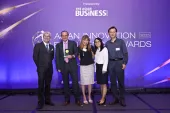









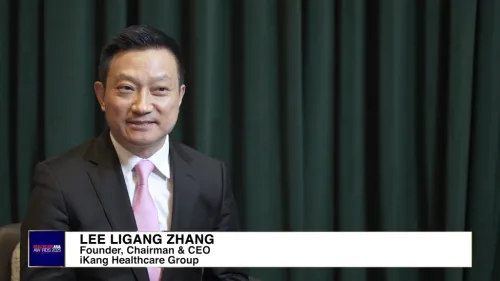
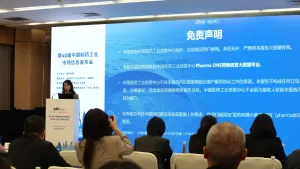
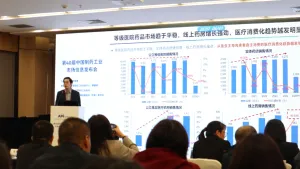
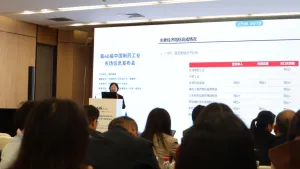


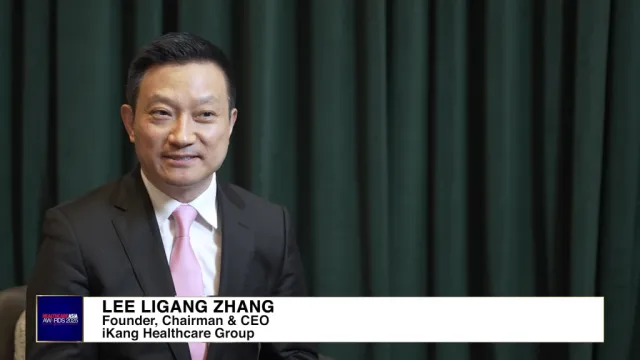

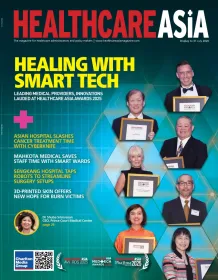
 Advertise
Advertise





